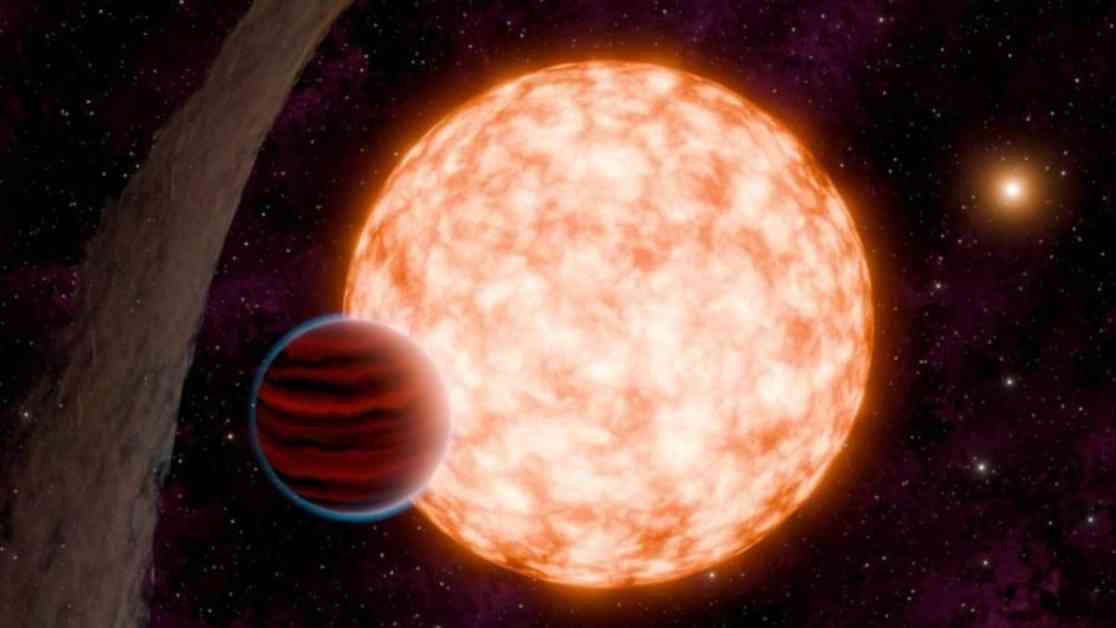A new study suggests that a “baby” exoplanet, named TIDYE-1b, has been discovered orbiting a protostar in the Taurus molecular cloud. This gas giant exoplanet is unique because it is the youngest alien world ever seen, estimated to be only around 3 million years old, making it around 1,500 times younger than Earth. In human terms, it would be comparable to a 2-week-old baby.
The discovery of TIDYE-1b sheds light on planetary formation processes as it allows scientists to observe a planet in its early stages. Normally, exoplanets are hidden from view by protoplanetary disks surrounding protostars, but in this case, the disk around TIDYE-1b’s host star is tilted and misaligned, challenging existing theories of planet formation.
Researchers are uncertain about why the disk is misaligned and why TIDYE-1b is not within the disk itself. One theory suggests that a distant companion star may have influenced the disk’s alignment, but further studies are needed to confirm this hypothesis. The discovery of TIDYE-1b provides valuable insights into the formation of gas giants and raises questions about the timescale of planet formation compared to Earth.
Future studies will focus on investigating whether TIDYE-1b is still accumulating material from the disk, analyzing its atmosphere, and studying its interaction with the host star. This research will help scientists better understand the early stages of planetary formation and the dynamics of young exoplanets.
The discovery of TIDYE-1b highlights the ongoing exploration of exoplanets and planetary systems, expanding our knowledge of the universe and our place within it. With advancements in technology and observational techniques, scientists continue to uncover new and exciting findings that challenge our understanding of the cosmos.










